What is eFoiling and how to eFoil
Introduction to eFoiling
eFoiling is a thrilling new watersport that combines elements of surfing, wakeboarding, and hydrofoiling into on experience. An eFoil, or electric hydrofoil, is a surfboard with a hydrofoil attached underneath and a battery-powered motor. This setup allows riders to glide above the water’s surface at high speeds, giving the sensation of flying over the waves. Unlike traditional surfing, eFoiling doesn’t require waves or wind, making it accessible in nearly any body of water.

The Mechanics of an eFoil
An eFoil board consists of several key components: the board, mast, propulsion unit, front and back wing, the electric motor, and the handheld remote control. The hydrofoil is a wing-like structure attached to a mast that extends down from the board into the water. When the motor propels the board forward, water flows over the hydrofoil, generating lift. Once the board reaches a certain speed, this lift causes the board to rise above the water, drastically reducing drag and allowing the rider to glide smoothly and silently.
The motor is typically powered by a rechargeable lithium-ion battery, offering about 60 to 90 minutes of ride time depending on speed, weight, and water conditions. The rider controls the speed using a wireless remote, adjusting their stance and balance to steer and maneuver the board.







How to eFoil: A Step-by-Step Guide
Learning to eFoil can be challenging, but with practice, anyone can enjoy the thrill of flying over water. Here’s a step-by-step guide on how to get started:
1. Get Comfortable on the Water: Start by lying on the board in the water. Put it on a low speed first. Use the remote to power the motor and get a feel for the throttle response. Practice controlling your speed while remaining in a prone position. Once comfortable, try kneeling on the board while gradually increasing speed. To steer you can shift your bodyweight a bit to the left or right.
3. Practice Balance and Stance: The key to eFoiling is balance. As you gain confidence, attempt to stand up on the board. Keep your knees slightly bent and your weight centered over the board. Remember that you have to have a good speed at this point, if you go to slow the board will sink under water. Try to put your front foot first, then your back foot. Your weight should be more on your front foot then your back foot. The front foot always needs to be in the middle of the board. Practice shifting your weight and turn your shoulders to turn and steer the board.
4. Lift Off: Once you’re comfortable standing and controlling the board, it’s time to experience the foil’s lift. Gradually increase your speed. Push more weight on your front foot to gain more speed, now slowly start shifting your weight more to the back. If you have enough speed the wings underneath the board will drag you up and the board will begin to rise out of the water. Focus on keeping your balance, as the sensation of lifting off can be quite different from regular surfing.
5. Fine-Tune Your Riding: As you become more proficient, you can experiment with higher speeds and more aggressive turns. The eFoil is highly responsive, so subtle adjustments in weight and speed can have a big impact on your ride. Practice in calm waters before attempting more challenging conditions like waves or choppy water.
6. Safety First: Always wear a life jacket and consider a helmet, especially when learning. eFoiling can be fast and falls are inevitable. Be aware of your surroundings and avoid crowded areas. Also, make sure to follow local regulations regarding watercraft use.
Conclusion
eFoiling is an exciting and innovative sport that offers a unique way to enjoy the water. Whether you’re an experienced surfer looking for a new challenge or a beginner wanting to try something different, eFoiling has something to offer. With patience and practice, you can master the art of eFoiling and experience the thrill of flying above the waves.



